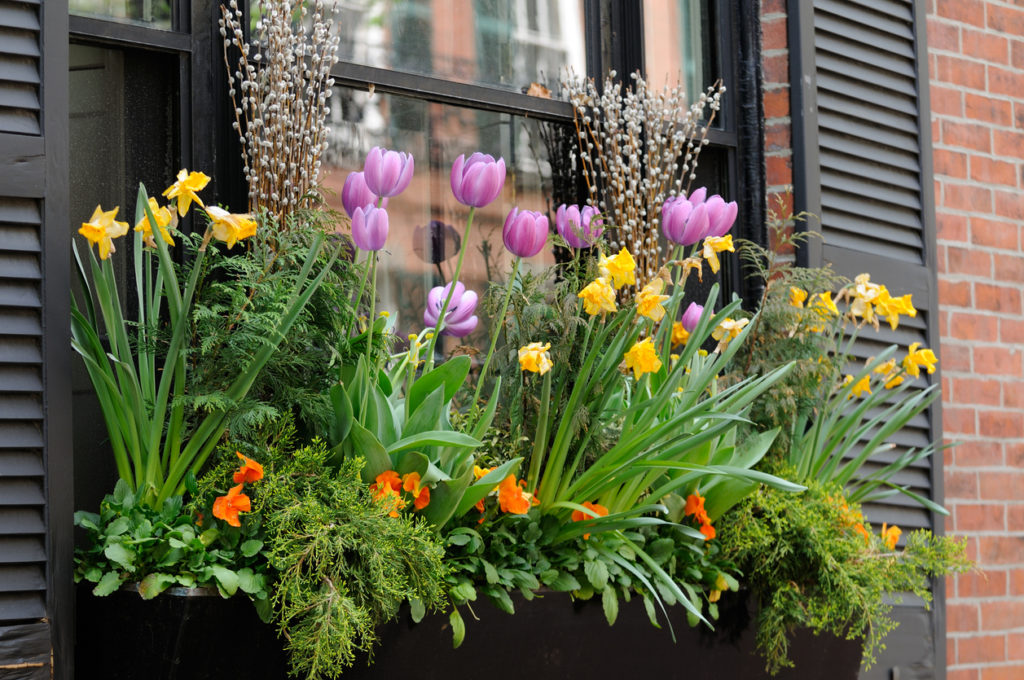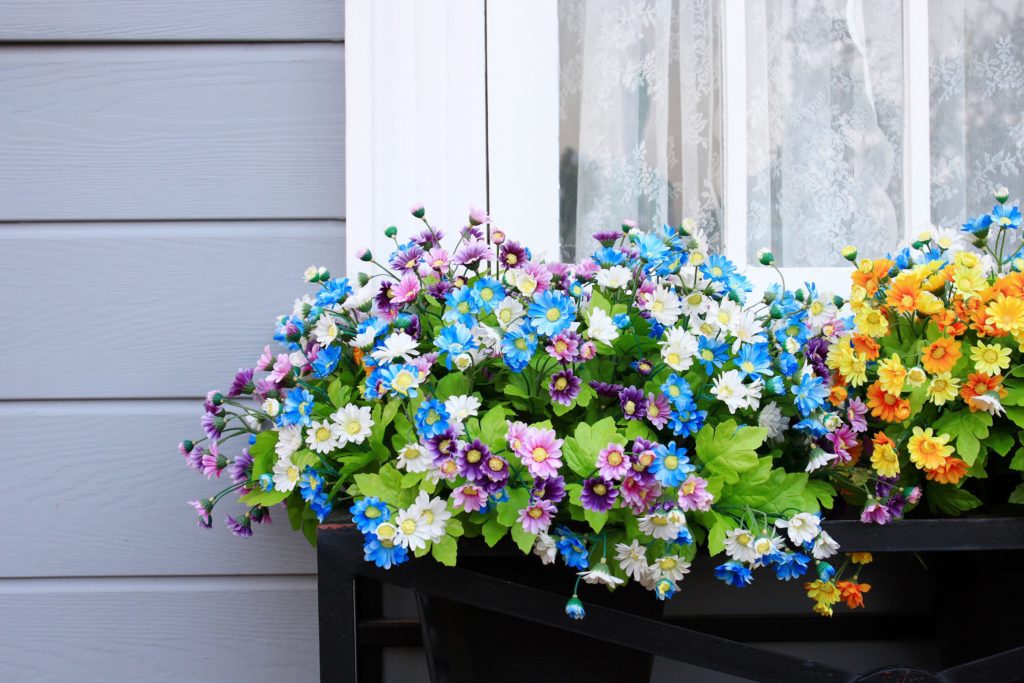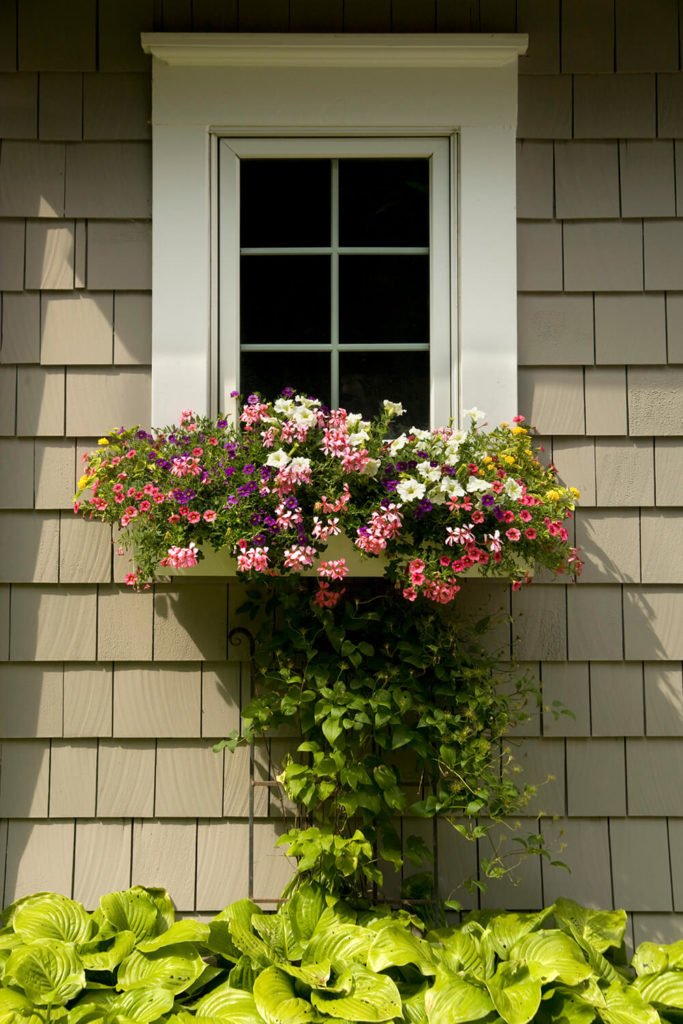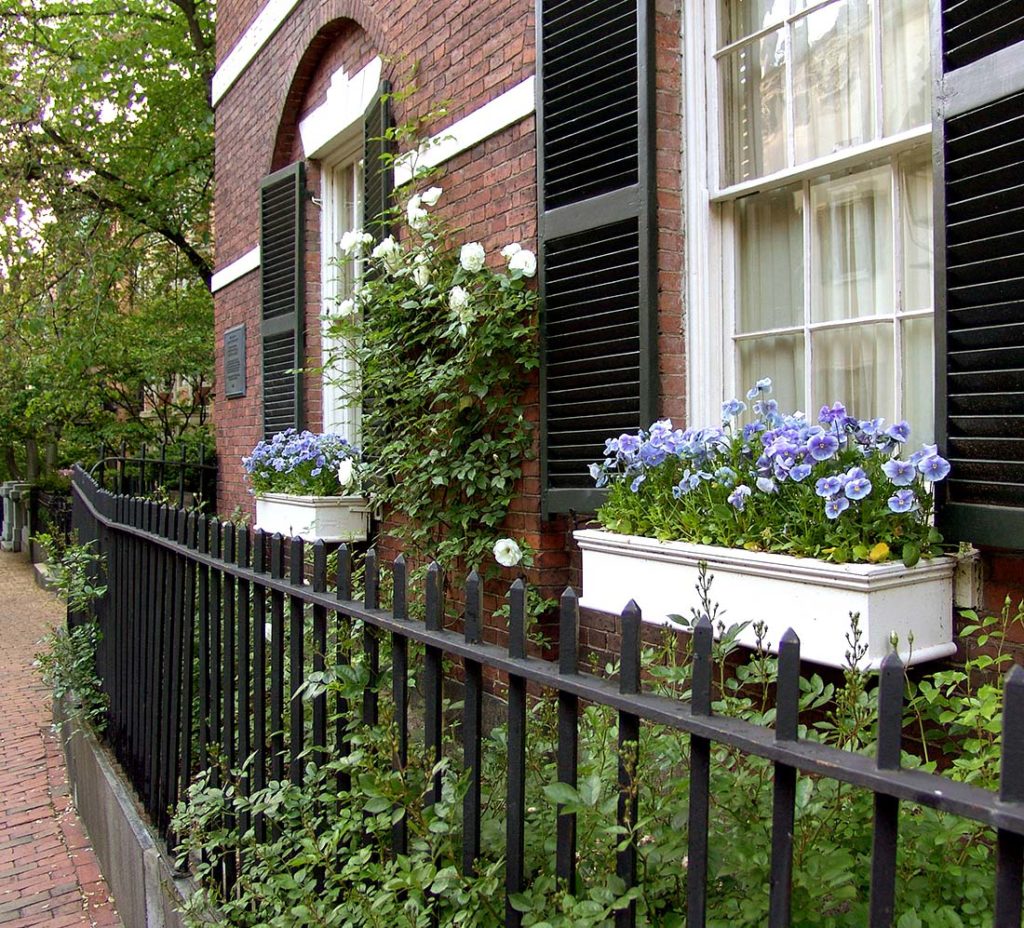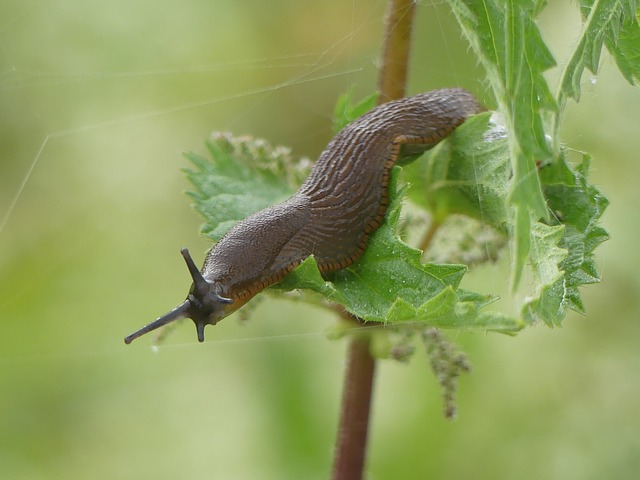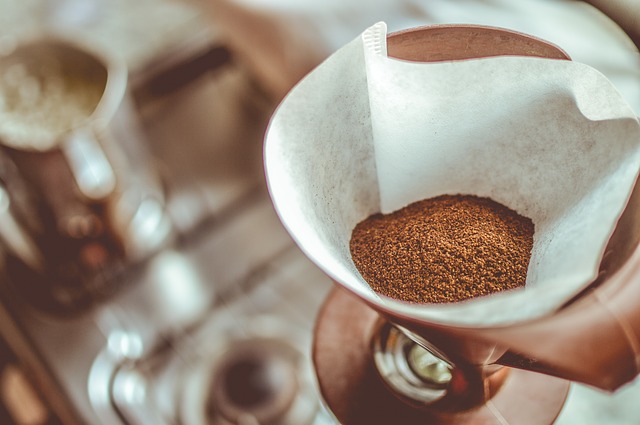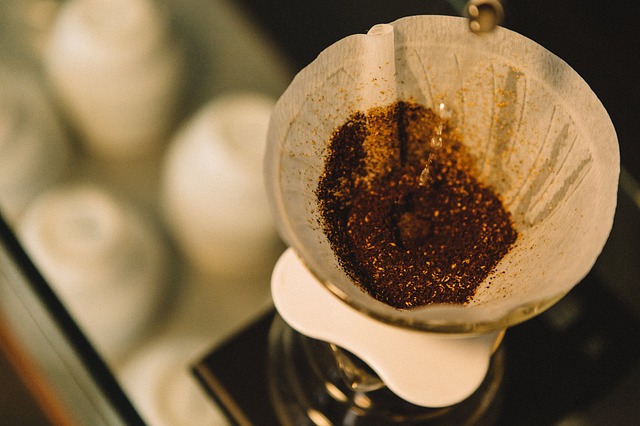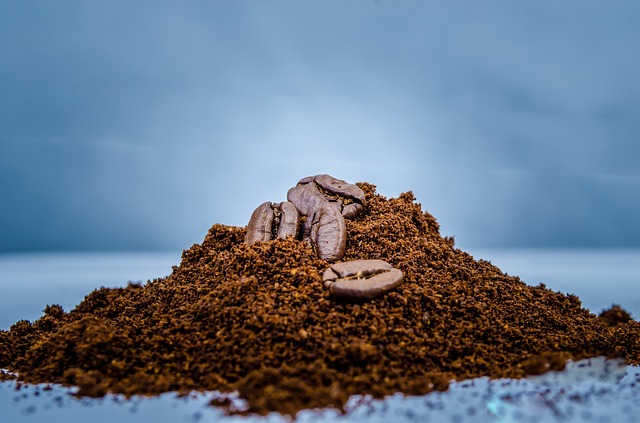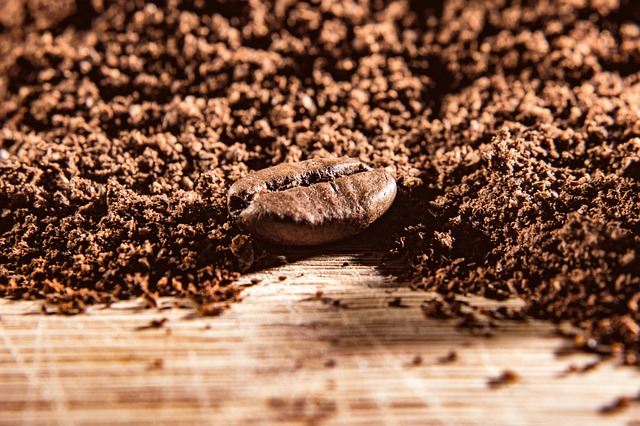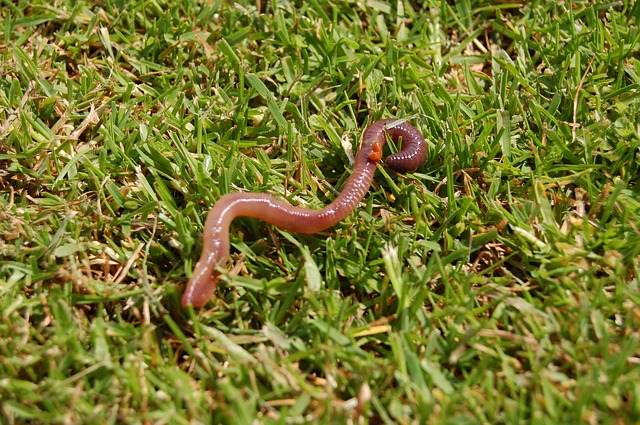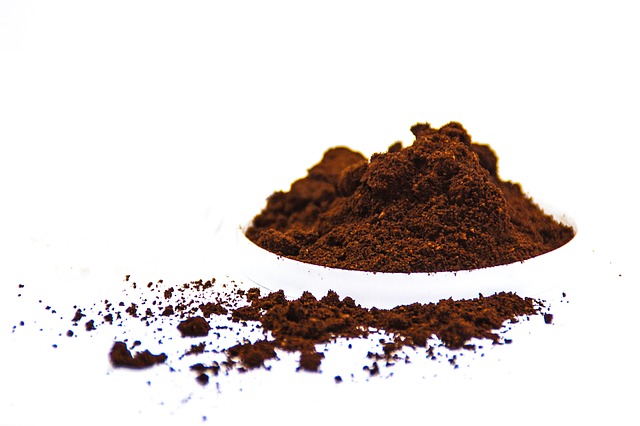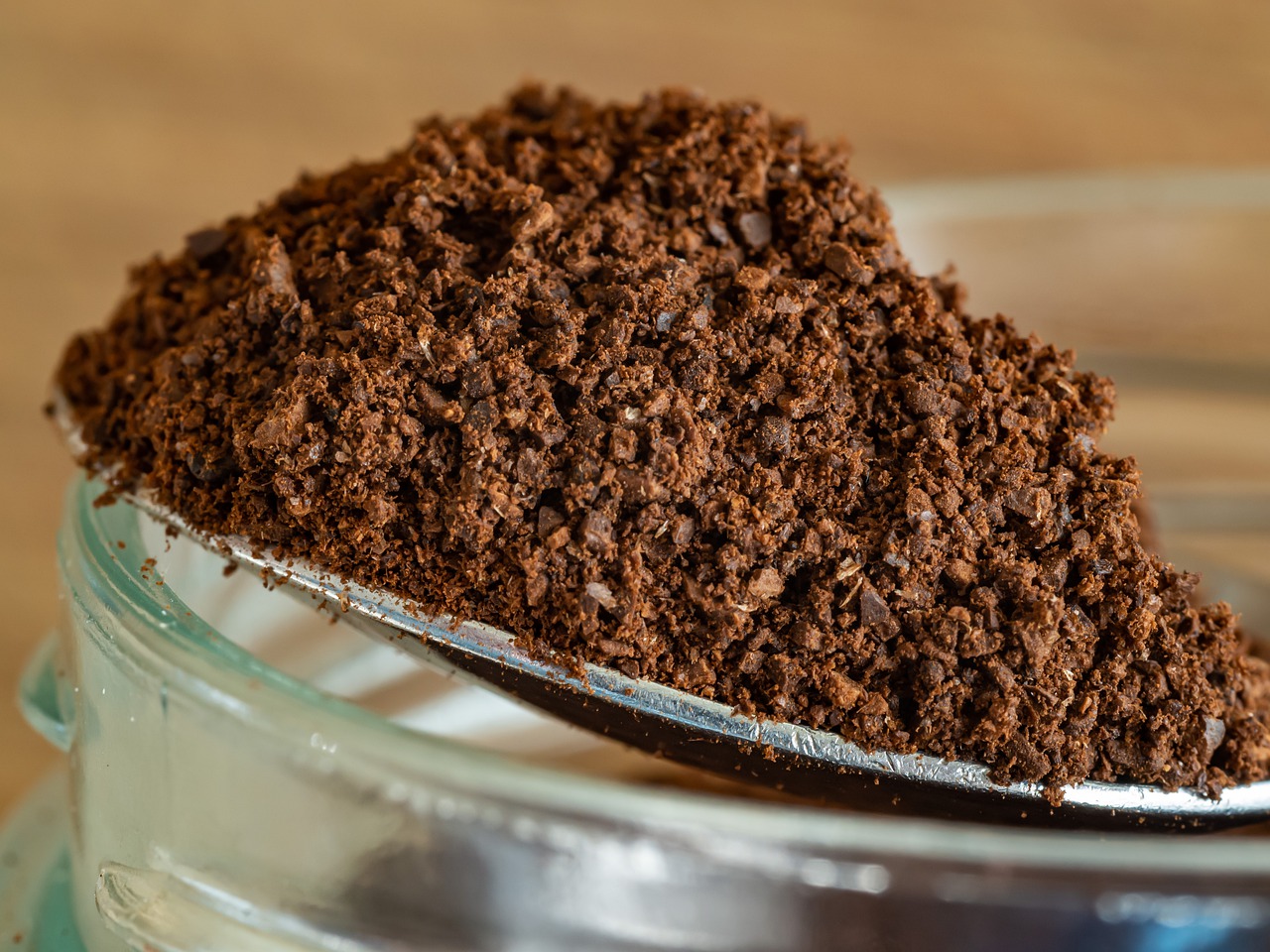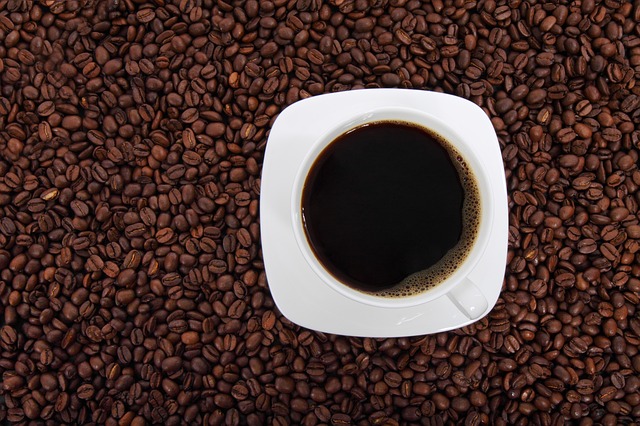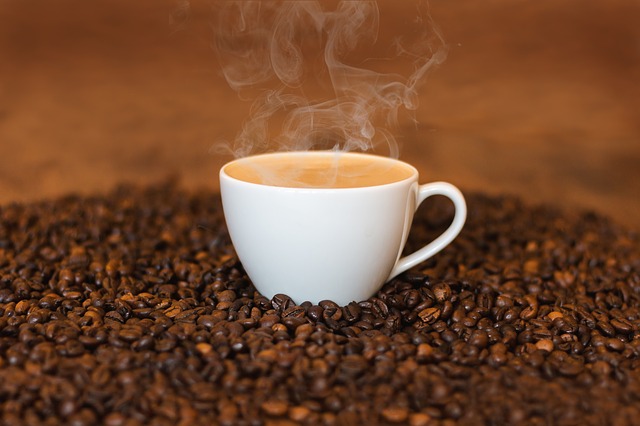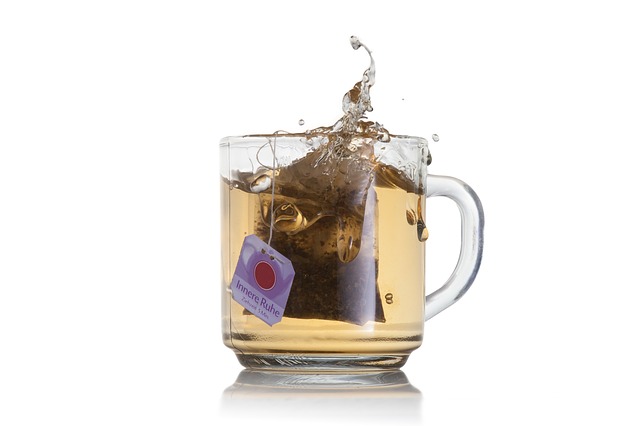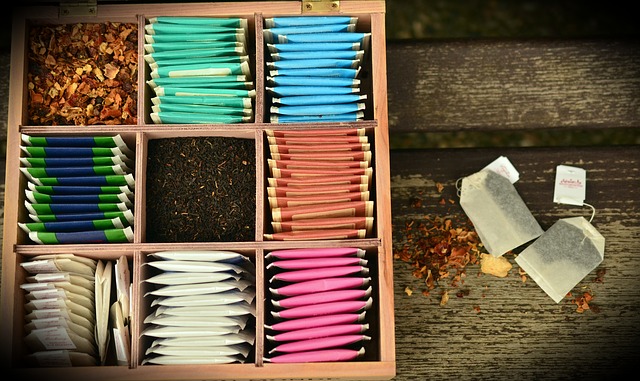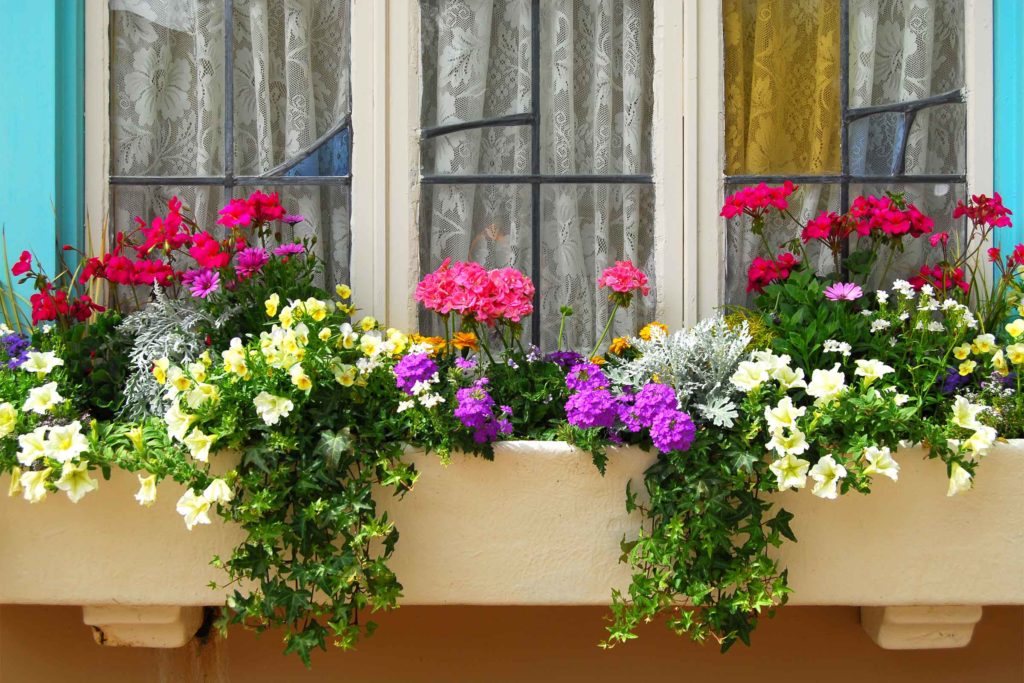
Those traditional window boxes overflowing with flowers may remind you of summer cottages or childhood dreams. This particular feature is one that you want at your home all year-round. Container gardening for window boxes takes a certain flair for picking out the right species for the location. From sunny spots to mysterious shade, understand what flowers are suitable for window boxes to spruce up your property’s appearance.
Foliage and Flower Contrasts
Your main goal may be for a burst of flower colors, but don’t overlook the foliage aspect. Plant gerbera daisies, impatiens, and pansies in the front of a window box while filling the back section with gaura, salvia, and other foliage favorites. You’re looking for texture between the leaves and flowers, so various colors are a must.
Light and dark greens along with yellows will contrast beautifully with pink, red, and purple flowers. Avoid a box with matching colors throughout. When you think about what flowers are best for window boxes, note that it’s their contrasting colors that make them shine from afar.
Flowering Vegetables
Get your flower passion started with a functional box that carries vegetables for the dinner table. Runner beans, leeks, and Chinese broccoli all have flowers that will bloom throughout the season as you enjoy the fruits of your labor. Strawberries are the quintessential edible, and they’re well suited to a window box too.
Delicate flowers give way to juicy fruits that can be eaten right off of the stem. Garlic, chives, red basil, and dill are other plants that complement the vegetables growing nearby. Be sure to space out these plants so that they have some room to spread and develop.
Air Plants
If you’re looking for a simplistic box, an air-plant display is perfectly suited for your home. Air plants come from the species Tillandsia, and they don’t require any soil. Their foliage often looks like perpetual flowers too. Pick a window box that has an open design.
Place the air plants into the box, and secure them with gardening ties. These plants pull moisture from the air in order to survive. You may need to spray them with water from time to time, but they’ll otherwise thrive in a partly shady area.
Cacti and Succulents
These desert plants take some time to flower once you plant them in the window box, but the blossoms are worth the wait. Look for cacti and succulents that grow close to the ground, such as notocactus and aloe.
Many species bloom once a year, and you can enjoy the flowers for several days or weeks, depending on the plant. Cacti and succulents are hardy and require full sun to bloom on a regular basis. You’ll also save money on watering them because they’re accustomed to drought conditions.
Bulbs and Corms
Acting like phoenixes seemingly overnight, bulbs and corms store all of their energy in a small package before they burst forth with foliage and flowers. Consider a window box with basic plants, such as vinca vines and baby tears ground cover.
Mix in annual favorites, including pansies, to liven up the textures. Underneath all of these plants, however, are your bulbs. Use daffodils, ornithogalum dubium or snake flowers and freesias. Their amazing growth will fill in the box quickly as spring arrives.
There’s nothing wrong with switching out the various plants from time to time in order to update the décor. Try herbs in the spring and succulents during the summer, and change to fall gourds in the autumn. By varying the plants at your will, you’ll always have a distinct aesthetic. Neighbors and loved ones will wonder how you garden so professionally with just window boxes.
Author Bio: Matt Buquoi works at FlowerWindowBoxes.com, a company that offers premium-quality, no-rot flower window boxes at affordable prices. Visit their site to learn more about the benefits of their PVC flower boxes, outdoor planters, and window shutters.
Start Shopping for Window Boxes!
Does Copper Tape Stop Slugs?
Does copper tape stop slugs? The answer is yes. And you can use this simple solution to keep your plants safe from those slimy plant-eating pests. Repel Slimy Garden Invaders Without Harm Despite being relatively small and very slow-moving, slugs can do a lot of...
Coffee Grounds For Flowers
For many of us, there’s nothing we’d rather do than relax with a cup of coffee near the flower garden. Most people don’t realize however that the grounds used to make our coffee can help to increase the health and beauty of our garden. Here’s what you’ll need to know...
Coffee Grounds For Roses
Using coffee grounds for roses is a fabulous way to improve the health of your plants, helping them to produce those gorgeous flowers you’ve been dreaming of. But there are a few things you’ll need to know before getting started. Conditions Roses Prefer Roses do best...
Do Roses Like Coffee Grounds?
Do roses like coffee grounds? This is something many gardeners wonder about, especially since feeding roses coffee grounds has been a practice that’s been around a very long time. The answer is yes they do, and here’s what you’ll want to know. Roses And Acidic Soil...
How To Use Coffee Grounds For Grass
You’ll want to think twice before you toss your used coffee grounds in the trash every day. Those grounds can actually be used to feed and increase the health of your lawn. Here’s everything you’ll want to know about using coffee grounds for grass. Advantages Of...
Are Coffee Grounds Good For Grass?
Are coffee grounds good for grass? The answer is yes, so you may want to think twice before throwing away your used grounds after your morning cup of coffee. Instead, you can put them to work helping increase the beauty of your lawn. Benefits Of Using Coffee Grounds...
Are Worms Good For Your Lawn?
Despite their slimy looks worms are well-known for being very helpful in the garden. But are worms good for your lawn? You bet they are, and here’s why! Aeration As worms travel from place to place in the soil below your lawn, they create a maze of tunnels. And those...
How To Use Coffee Grounds For Snails
You don’t have to kill those annoying garden snails in order to keep them from eating your plants. In fact, you can use your morning coffee as a non-lethal weapon against them. When they come into contact with your coffee grounds snails will turn right around and...
How To Use Coffee Grounds For Ants
There are endless sprays and poisons you can use to get rid of ants. However, you won’t have to look any further than your morning cup of coffee if you’d like a repellent that doesn’t contain any harmful chemicals. By using coffee grounds ants will stay away and kids...
Which Plants Like Coffee Grounds?
While using coffee grounds in the garden offers quite a few benefits, they can be slightly acid and therefore not appropriate for all plants. So which plants like coffee grounds? Here’s what you’ll need to know. The Basics Of Coffee Grounds Coffee grounds contain...
Coffee Grounds And Hydrangeas
While many people love their hydrangeas, they often would love them even more if they were blue. Luckily the grounds from your morning cup of coffee can help you to achieve those gorgeous blue blooms. Here’s what you’ll need to know about coffee grounds and...
Coffee Grounds For Worms
Worms are an extremely helpful component of any compost bin or pile, not to mention worm farms. And it turns your morning cup of coffee can contribute to their diet. Using coffee grounds for worms is an easy way to keep them from heading to the local landfill while...
Using Coffee Grounds In The Garden
Your morning cup of coffee can help you to not only start your day off right, but in the garden as well. The grounds used to make it have many important properties that are ideal for both plants and soil. By using your coffee grounds in the garden you’ll be able to...
Using Coffee Grounds In Compost
It’s estimated that over two billion cups of coffee are consumed around the world each and every day. And that’s an enormous volume of grounds which are used and then tossed in the trash. By using coffee grounds in compost instead, you can help cut down on waste and...
Used Tea Bags In The Garden
Many people don’t realize that once you’ve had a cup of tea, your tea bag can be used again in quite a few other ways. There are actually many great uses for used tea bags in the garden. And here are some of the best! Free Natural Fertilizer The tea leaves and...
Used Tea Bags In The Compost
The next time you have your daily cup of tea, you may want to think twice about throwing that tea bag in the trash. Instead of contributing extra waste to landfills, you can help the environment and your garden by placing used tea bags in the compost. But before you...
5 Eco-Unfriendly Things You Do That Kill Your Garden
Any budding gardener out there wants to do the best for their garden and their plants. But are you accidentally causing it harm? Here are five eco-friendly things you do that kill your garden: Buying Plants that Contain Pesticides You may not use pesticides yourself...
7 Reasons You Need to Start Gardening Now
Looking for a fun hobby to help you relax? Get outside and get to work in a garden. Gardening has a variety of benefits for your mental, physical and spiritual health. Wondering how tending to plants can help you tend to your health? Here are seven ways gardening can...
Quick Tips To Speed Up Compost Times
Compost is an excellent soil conditioner and natural fertilizer. However, it can take quite a while for it to break down into a form that you can use. Luckily there are a handful of simple things you can do to help speed up compost times without much effort. Size In...
6 Common Types Of Soil Deficiency And How To Solve Them
Unfortunately, not all soil has the nutrients that plants need to grow and thrive. In some cases, it may be lacking in one area or another and therefore need a boost. Here are the most common types of soil deficiency and the best ways to deal with each of them....
